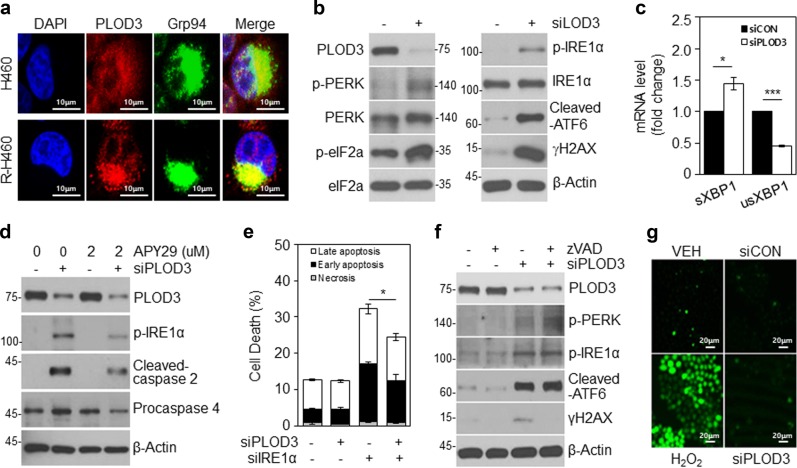Fig. 4. PLOD3 knockdown induces DNA damage and ER stress-dependent caspase activation in R-H460 cells.
a Cells were fixed with 4% paraformaldehyde and immunostained using antibodies targeting PLOD3 and Grp94 (ER marker). DNA was visualized by DAPI staining. b At 24-h post-transfection with siCON or siPLOD3, cell lysates were prepared and used for immunoblotting with antibodies against ER stress markers (ATF6, PERK, and IRE1α) and a DNA damage marker (γH2AX). c qRT-PCR analysis for IRE1α activation, spliced XBP-1 (sXBP-1), and unspliced X-box-binding protein 1 (unXBP-1). The GAPDH mRNA was utilized for normalization. *P < 0.05; ***P < 0.001. d R-H460 cells were pre-treated with APY29 (IRE1α inhibitor), and after transfection with siPLOD3, cell lysates were prepared and used for immunoblotting with antibodies against p-IRE1α, caspase-2, and caspase-4. e AV/PI staining of cells transfected with siCON or siPLOD3 and/or siIRE1α for 48 h. *P < 0.05. f R-H460 cells were treated with or without 40 µM Z-VAD-FMK after transfection with siPLOD3, and cell lysates were used for immunoblotting with antibodies against ATF6, p-PERK, p-IRE1α, and γH2AX. g R-H460 cells were transfected with 40 nM siCON or siPLOD3 for 36 h and then stained with 2′,7'-dichlorofluorescein diacetate. Intracellular levels of reactive oxygen species were observed by confocal microscopy

